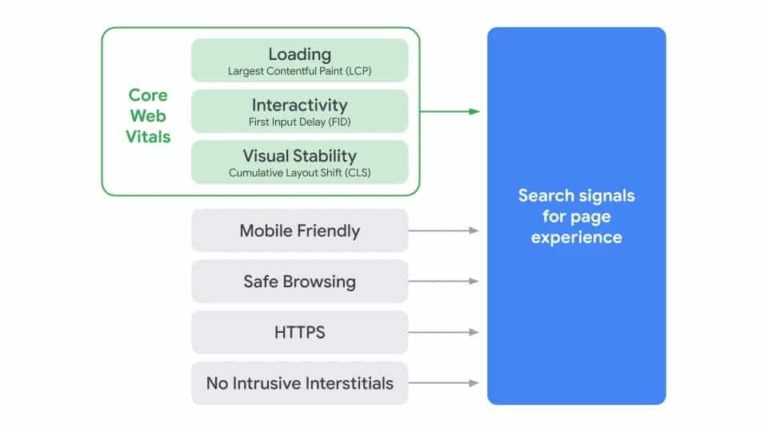Hey guys, Do you have or going to build a website that will offer multilingual content to the world. if, yes. Then, it is the perfect place for you as we are going to learn the process to rank the website in the SERPs of various Search Engine. The process is very very easy and understandable to everyone. Let’s start the detailed discussion of multilingual SEO:
Before we go ahead, let us discuss some basic keynotes which are the backbone of multilingual SEO.
What is Multi-lingual website?
Multi-lingual sites are those sites that use to offer content in two or more than two languages. Normally multi-linguality features of the website can be derived through two ways, manually or through Automation.
What is Multi-lingual SEO?
Multi-lingual SEO is nothing but an SEO done for Multi-lingual websites. You have to do all the work as like a normal website. There is a catch in this, the catch is you have to do SEO for each type of language your website use to offer.
Basic Concept Behind Multi-lingual SEO:
Multilingual SEO concentrates on optimizing content for different languages to its search engines. Having a correct multilingual SEO approach, individuals in various countries are going to have the ability to discover your site for their own market, in their native language. Multilingual SEO may be challenging though and you have to understand what you are doing. It rolls a great deal of unique areas of web site optimization.
Benefit of Becoming Multi-lingual Website:
If your website utilizes English as the principal language, it is a part of a huge bulk. In reality, more than half of most sites supplies its own content in English, making it by far the most frequent terminology on the internet. That is not surprising, as English is also the language which most net users talk . But, those figures are still somewhat surprising in contrast to the rest of the planet.
By way of instance, while almost a thousand internet users speak Chinese, it is not represented by 2% of websites. In the same way, under 5 percent of sites provide Spanish, although over 500 million consumers talk the language. It appears many website owners have just made a decision to concentrate on the very popular language among consumers, and then skipped over the huge numbers who do not otherwise talk English.
But, there are lots of advantages to stepping out of the narrow mindset. By Way of Example, translating your Website will help you:
- Expand your possible audience This ought to be clear, considering the amounts we mentioned above.
- Communicate using a varied group of consumers. If users may read your website in a language they are eloquent in, this may boost confidence, which may give your website an edge over rivals.
- Raise Your own conversions. In short, users are in fact more inclined to convert when the website they are employing can be found in their native language.
- Additionally, creating your website multipurpose could actually also allow it to rank better in search engines.
The higher your site rankings, the higher your pages will look for relevant search key words.
As we mentioned, it’s possible to really enhance your SEO by simply making your website available in numerous languages. We are going to consider the principal reasons right now!
Translated Versions Your Website Improve Its Entire SEO Rank
The simplest way to comprehend this is by simply taking a look at a real-life example
In any event, search engines will examine both variations as elements of the identical website. Additionally, it can help search engines know your website, as it is clear which languages you are supplying the articles in.
For this to function, you obviously must steer clear of a translation option that puts all languages on precisely the exact same page, or utilizes a # symbol on your speech or cookies to find out the language. These approaches will sabotage the SEO increase a multilingual site could provide, so be sure that you structure your translated versions properly according to Google’s multilingual SEO best practices.
You Can Target Certain Spots More Precisely
Even though a multilingual site will allow you to get to a global audience, you still need to know what people you need to target. 1 important facet of this is doing a keyword study for the languages you would like to use. If you are utilizing Google Analytics, you might even target high profile regions.
As soon as you understand which languages and countries to target for, you may produce a translated version of the website, then execute your regular SEO practices. You might even use a procedure named ‘geo targeting’ to achieve them as this enables you to target specific geographic locations.
To be able to get the absolute most from your job, you should also plan to make a multilingual SEO plan . This can help ensure users from the places you need really locate the appropriate version of your website. By way of instance, it is not much use to translate your website into German should those inside the nation see the Spanish version rather than
More Visitors and Engagement Approaches Better Position
This last point might appear obvious, but it is well worth mentioning as finally one of the critical elements in any successful SEO strategy. Quite simply, search engines appreciate quality articles and consumer participation. If you figure out how to give content that drives visitors, Google will detect and rank your website higher as an outcome. If you supply the content in a variety of languages, forcing visitors from particular locations all over the Earth, it is also going to be noticed.
Therefore, simply ensuring that your website offers value to your customers, irrespective of language, can help you see success. Luckily, Google supplies a great deal of information regarding how you should structure your multilingual sites so as to reach the best outcomes.
How We can Rank Multi-lingual Website?
As soon as we perform SEO translations, this can be our favorite strategy!
- Start by mapping 2 or 1 English keywords and phrases to every landing page on your website and if your entire site focuses on a single subject, identify several key phrases which are related to your website as a whole also.
- Translate these keywords to the new target language (we will use German in this case ) and emphasise other associated German key phrases as well as German synonyms.
- Use the Keywords Explorer assess exact volumes and also identify German key terms which have comparatively large search volumes and comparatively low keyword issue.
- Utilize a dictionary to map these keywords to the identical English pages and once you finish the German translation, then make certain you include the major keyword once in the Meta Title, Meta Description, URL and h1 name and a couple of occasions, but not too elsewhere on the page.
- In case it is logical to do so, also incorporate the site-wide search phrases in a natural manner in the articles.
- Thus you must always prioritize decent grammar and spelling and compose obviously over inserting precise key terms in your articles. Keyword stuffing is an old-fashioned SEO technique and fortunately for both viewers and SEO specialists, it no longer functions.
Content Curation On Multi-lingual SEO:
Content Curation is very Very beneficial for multilingual SEO, as it will provide a backbone to your content marketing. In the initial phase of the Multi-lingual website, the well-explored content will help you a lot in the process of Increasing engagement to your website. Thus, engagement brings backlinks and Improvement suggestions to you. For Content Curation, you can use the tool like buzzsumo or any of its alternative.
Way Forward: Multi-Lingual SEO
Multi-lingual SEO is nothing but as like as SEO (Search Engine Optimization). Multi-lingual website will give a reach to more users in respect of a Single language based website.
if you face any problem with multi-lingual SEO, please Comment below.






